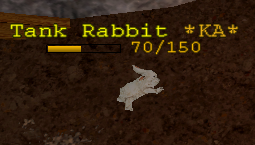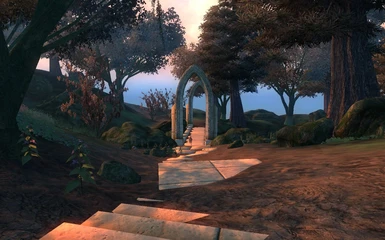
I had been invited to give one of the keynote lectures, and decided to make use of the opportunity to discuss the ongoing nuclear-historical research that my colleagues at KTH and I are currently doing with a multi-disciplinary crowd of scholars from Finland, Scandinavia, the Baltics and beyond. Earlier this month I had the chance to present tentative results of it at this year’s Baltic Connections conference in Jyväskylä, Finland. The NUCLEARWATERS project, however, which aims to rewrite the global history of nuclear energy through the lens of water, has allowed me to partly return to the Baltic Sea: one of the six case studies addresses the “ Nuclear Baltic”. Since then my geographical focus has been less distinct, as I have become engaged with wider European and global issues. In 2007 I wrapped up my experiences of the Baltic Sea world in a travelogue, “ Östersjövägar”, which let the past confront the present and the personal meet the professional. And of course I spent numerous summers in Kvarnåkershamn on Gotland, where we have a summer house. I spent a year and a half in Greifswald in Pomerania, where I wrote my master’s thesis, then a year in Tallinn and Tartu in Estonia, where I did research for my PhD thesis. For a number of years, I travelled along its coasts, attempted to learn its languages and read everything I could find about its history. There was a time when virtually all my academic activities gravitated around the Baltic Sea. We are looking forward to the continued work with an edited volume, based on the workshop papers – and perhaps other outcomes of the workshop as well. The use of nuclear energy for the purpose of seawater desalination and for district heatingĪll in all, the Nuclear-Water Nexus workshop became one of the intellectually most fruitful activities so far in the NUCLEARWATERS project. Flooding of nuclear facilities and flood management strategies, along with destructive erosion at coastal nuclear sitesħ. Wet pollution (such as oil spills) and organic matter (fish, jellyfish, algae, etc.) as a threat to nuclear safety.Ħ. The impact of nuclear accidents, nuclear weapons testing and radioactive pollution on drinking water supplies and wet environments and landscapes.ĥ. Thermal pollution of rivers, lakes, and seas as a result of cooling water discharges, and the construction of cooling towers and cooling ponds to cope with this problem.Ĥ. The links between nuclear energy, hydropower, navigation, irrigation, dam construction, and fisheries.ģ.

Reactor cooling arrangements: this includes both the closed cooling loops in (water-cooled) nuclear power plants themselves, and the open cooling loops through which nuclear plants draw on water supplies from rivers, lakes and seas.Ģ. Themes covered in the papers and the discussions included:ġ. The nuclear-water nexus, as interpreted by the workshop participants, turned out to be even more diverse and multifaceted that we could possibly have imagined. Plenary session at the Nuclear-Water Nexus Workshop (photo by Siegfried Evens) A total of 28 pre-circulated workshop papers were discussed during two intense and creative days.

We were happy to welcome 25 external participants from Germany, France, Spain, Italy, the United Kingdom, the United States, Canada, India, Indonesia and Qatar. The workshop took place at our own Division of History of Science, Technology and Environment at KTH. The aim was to let different research strands around this common theme interact, with the long-term goal of turning workshop papers into chapters of an edited volume. On 21-22 June our team organized an international workshop on the nuclear-water nexus, to which we invited senior and junior scholars from all fields – not only history – to present research that in one or the other way relates to the interaction between nuclear technologies and water.


As the NUCLEARWATERS project is entering its fifth year, project activities continue to evolve and intensify.


 0 kommentar(er)
0 kommentar(er)
